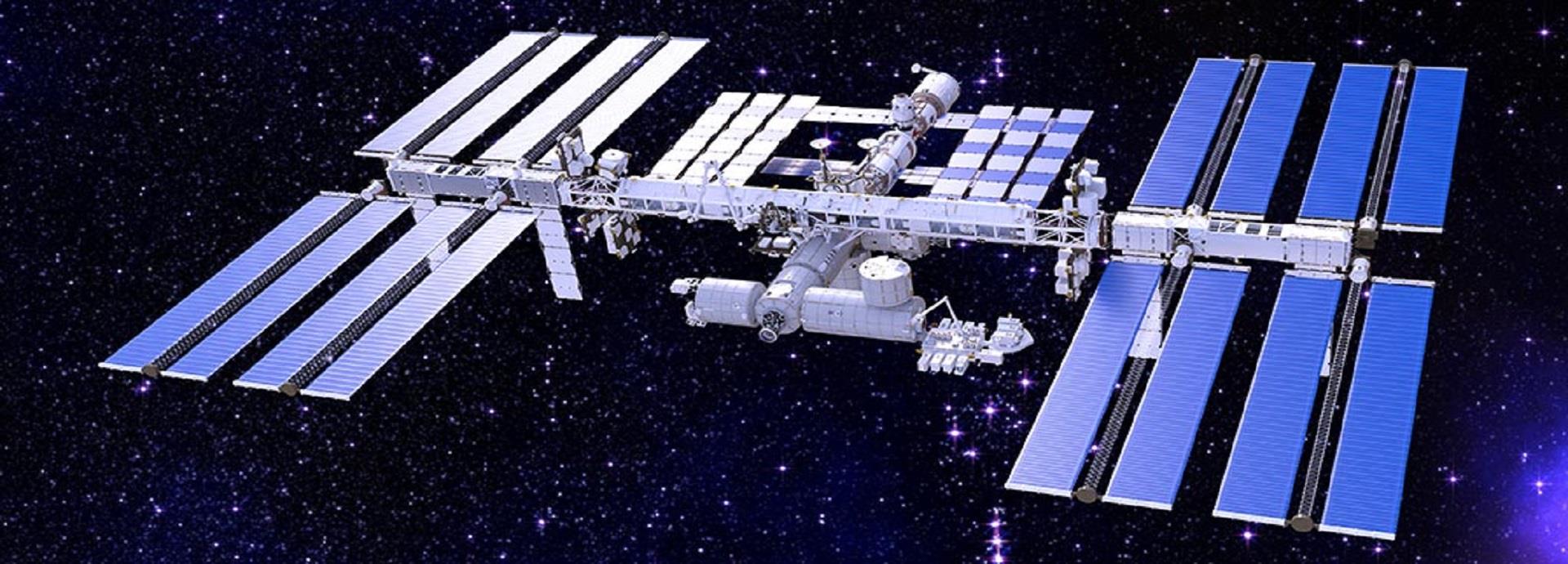

A few years ago, the possibility of collecting solar energy from space and distributing it to the earth seemed like an idea that was light years away. Not anymore. Several countries including the US, China, Japan, India, and many countries in Europe are working on harnessing space-based solar power (SBSP) and are also building new technologies to facilitate it.
For instance, the Japanese Aerospace Exploration Agency or JAXA has set up a 35-year roadmap to set up a one GW solar farm that can transmit energy back to the earth by 2030. JAXA has successfully managed to transmit 1.8 kilowatts using microwaves across a distance of 55 metres. Its partnership venture with Mitsubishi has transmitted 10 kilowatts of power over a distance of 500 metres.
Out of this world
Several thousand miles away, NASA has been working on SBSP for more than 3 decades; the Indian Space Research Organisation (ISRO) has partnered with US' National Space Society & China to harness solar energy via space-based solar collectors and a solar satellite; China’s Central Military commission has proposed exploiting the Earth-Moon space for industrial development and the European Space Agency (ESA) has been evaluating the possibilities of solar power satellites and formulating a European strategy for SPBP.
So, why does the earth need solar energy from space?
“It offers an effectively inexhaustible source of clean energy – unmatched by any earth-bound source. Its unique ability to be delivered anywhere, day or night, infrastructure or not, presents a tantalising opportunity,” says Paul Jaffe, Electronics Engineer, Spacecraft Engineering Department & Space Electronics Systems Development, U.S. Naval Research Laboratory.
Indeed, it does. While the earth has access to sunlight only during the day and that too intermittently, there is no ‘night time’ in space and the sun is always shining there. Therefore, space-based solar energy can potentially give the earth access to enormous quantities of clean energy.
Mind over matter
However, harnessing space-based solar energy is no mean feat. According to the European Space Agency (ESA), ‘one of the main challenges for any space-based solar power satellite is the construction of large structures in orbit requiring significant amounts of material to be launched into space. These materials will have a shorter lifetime as compared to those on earth because of the harsh conditions in space. So they will need to be assembled, maintained and replaced over time.
“For space-based solar to work, it will almost certainly need to offer some compelling advantage in a given application before it can compete on cost. There are several segments involved: launch, manufacture of the space and ground portions, and the industries associated with each. The logistics could be challenging,” explains Jaffe.
Transmission is the other big hurdle for SBSP as it needs a wireless system that is efficient. Experts have ruled out electromagnetic induction, as it requires a massive magnetic field. That leaves two viable options: laser and microwaves.
The U.S. Naval Research Laboratory has investigated the component technologies (efficient and lightweight sunlight-to-microwave conversion) to find where the greatest hurdles lie for SBSP. While beaming solar power from space back to the earth is just one part of the problem, the bigger challenge is that of financial feasibility.
“Cost is perhaps the most daunting. Though trends suggest both space launch costs and space hardware costs can be lowered to make space-based solar more attractive financially, recent breakthroughs in terrestrial solar and storage keep lowering the energy cost bar as well. Depending on the means of power beaming (microwave or laser, most likely) there are also likely to be spectrum allocation or geopolitical challenges,” says Jaffe.
Cosmic delight
Despite these challenges space-based solar power seems like the ideal solution that can solve multiple energy-related problems of the world. It is the cleanest source of energy that can help countries reduce their dependence on fossil fuels and hence curtail their carbon footprint. It can also help reduce the supply gap as the output will be continuous in nature as opposed to intermittent supply from earth-based solar energy sources.
Which brings us to the big question - just how far away are we from this out-of-the-world solution?
Decades of research, and many technological discoveries later, there is no definite answer as yet. But experts point out that it will be foolhardy not believe that the future of solar power, as we terrestrials know it, is bound to change beyond imagination.
